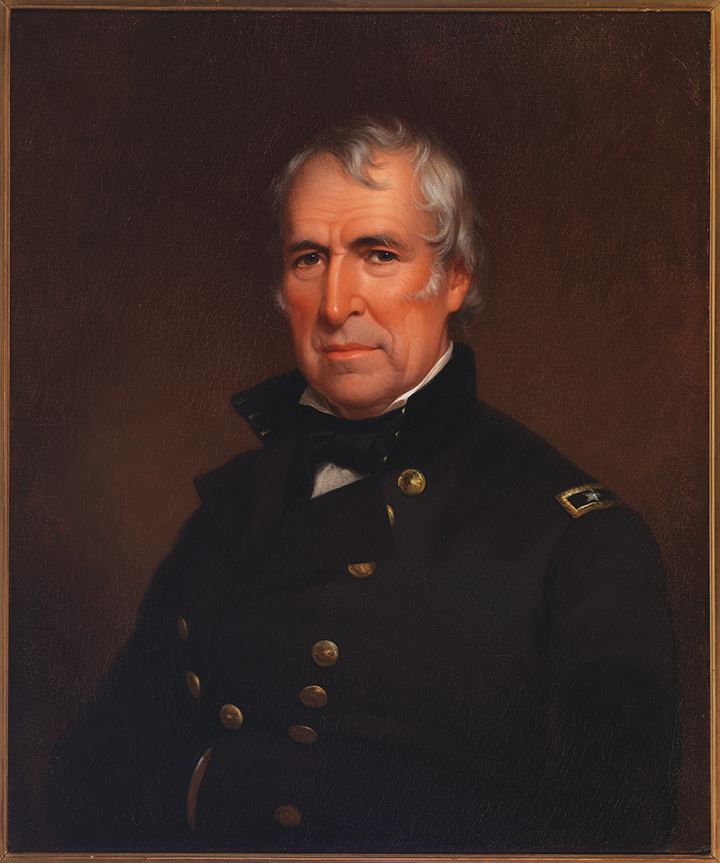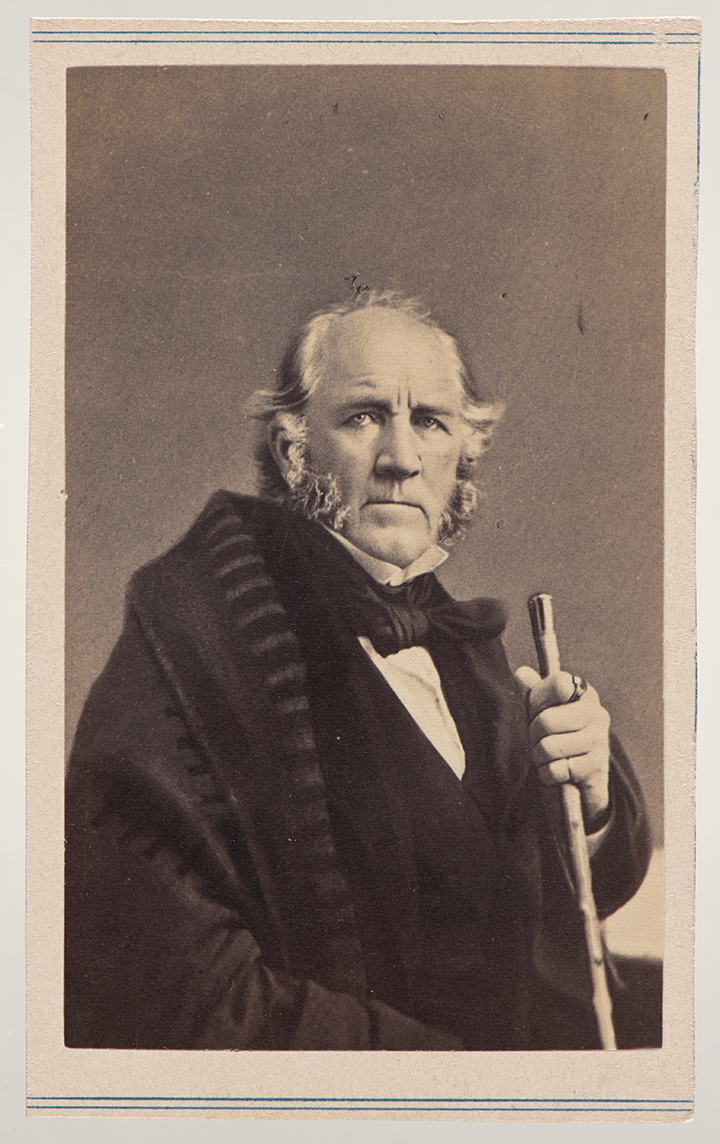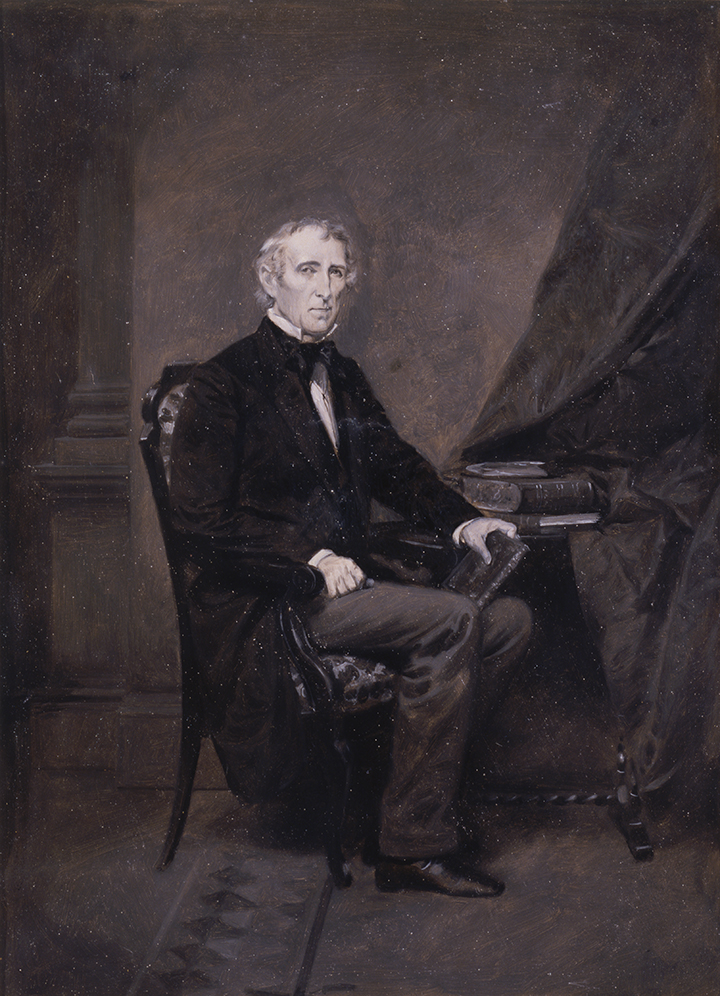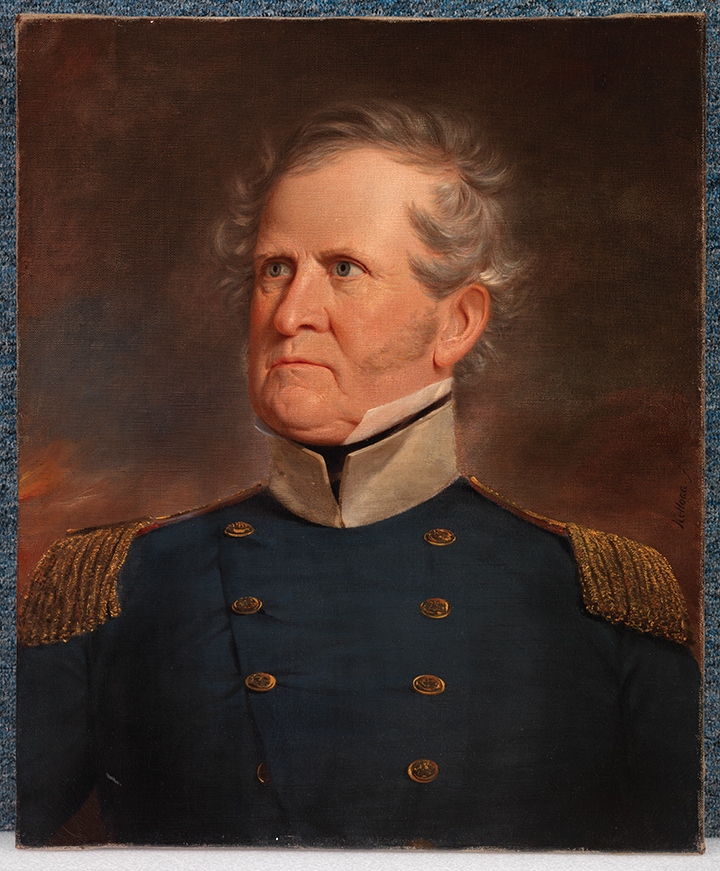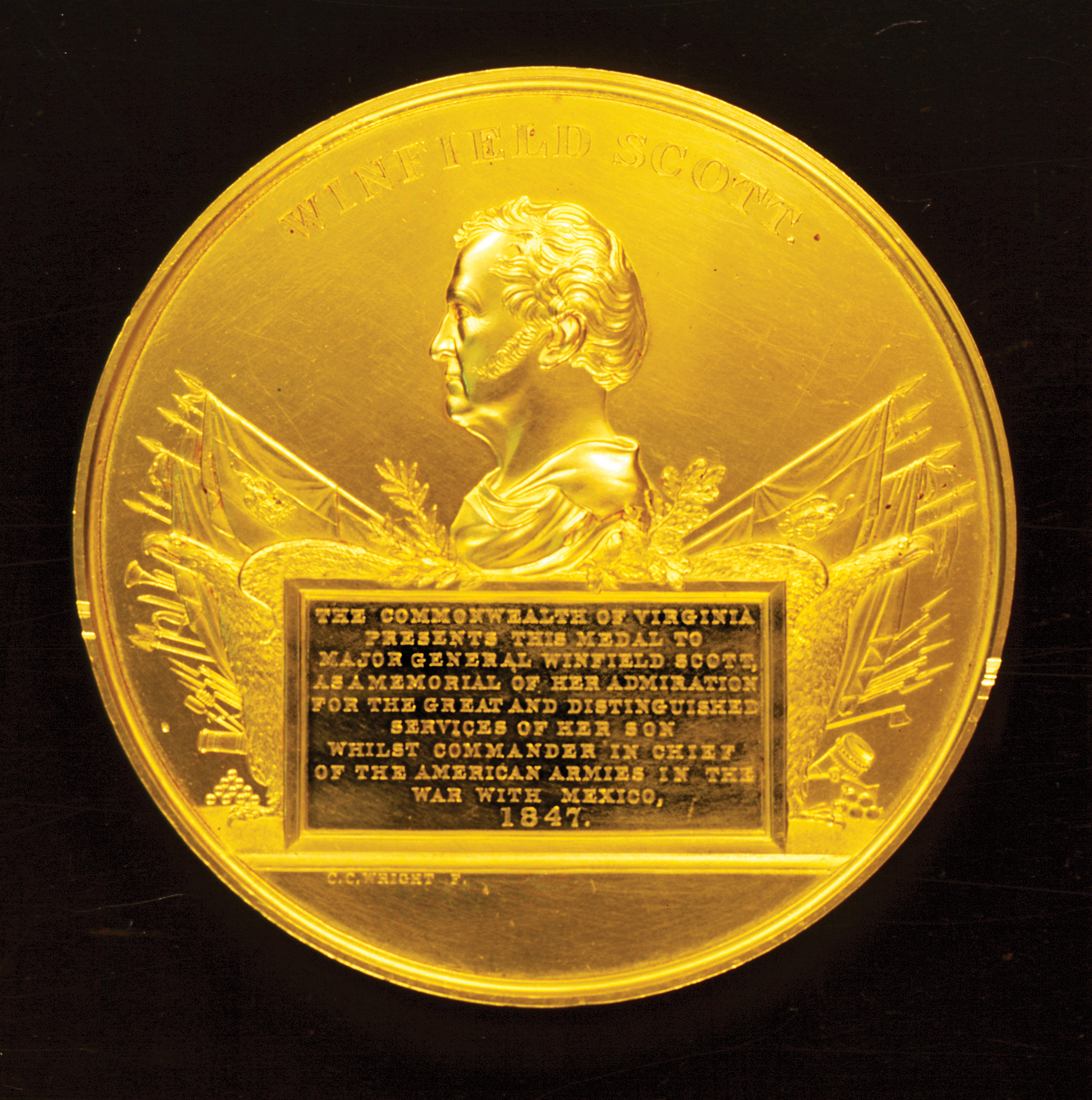Of the five Americans who were most involved in the War with Mexico, four were Virginians. They were politicians and generals.
- Sam Houston, from Rockbridge County, was the political leader of the Americans who had settled the Mexican state of Texas and clamored for independence. Houston set the stage for the war.
- President John Tyler of Charles City County set in motion the American annexation of Texas, a move requested by Houston.
- Zachary Taylor, born in Orange County, commanded the American forces when war was initiated.
- Winfield Scott of Dinwiddie County was next given command, and he brought victory and an end to the war.
Those generals were manipulated by a fifth major figure involved in the war, Tyler’s successor, James K. Polk, the Democrat president from Tennessee. Polk feared that if either general became too popular, that soldier would be chosen as the Whig candidate for president in 1848 and win the election. Such an overreach failed in 1848. Scott won the war, but Taylor won both the Whig nomination and the presidency.

